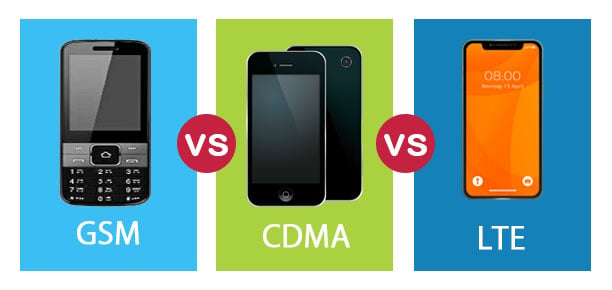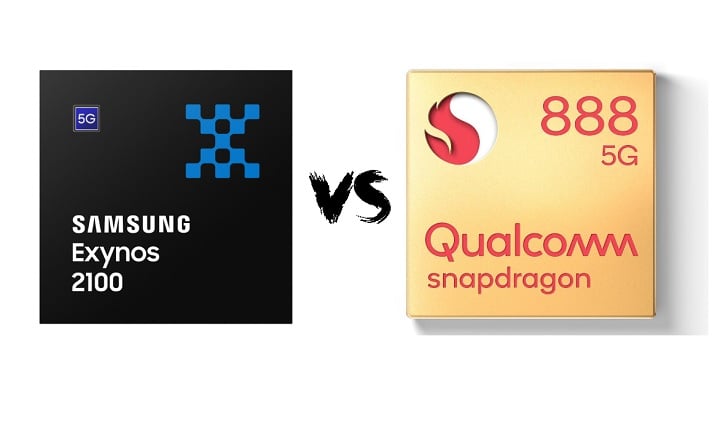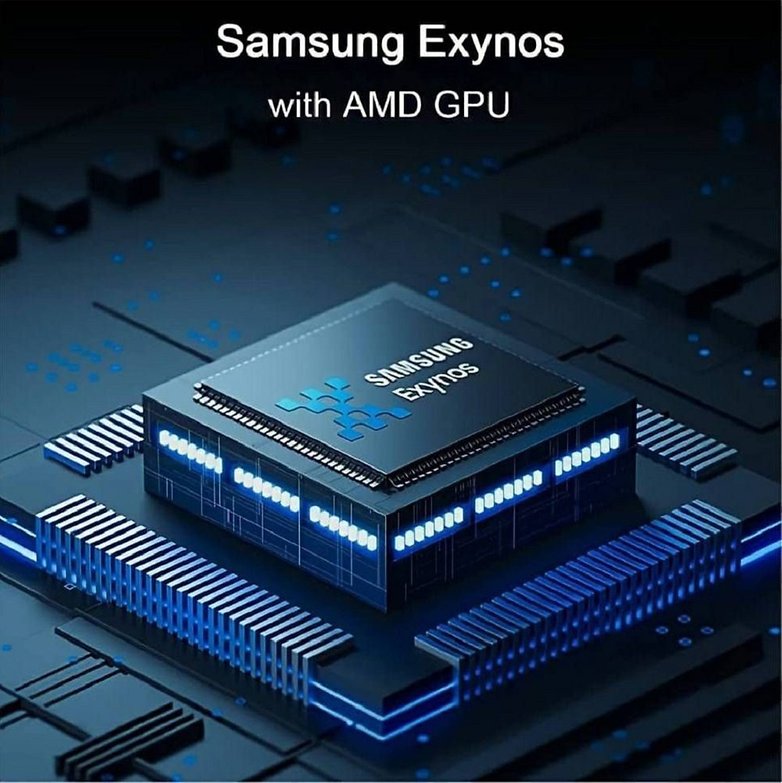SNAPDRAGON? EXYNOS? what's the difference?
Posted by Tehillah Mwakalombe on 12th Oct 2023
For the past years, Samsung has been doing something very peculiar with its flagship devices. The company typically releases two different variants of the same models for different markets. Have you ever thought about this? And how similar or different are these different variants from each other? Well, in this blog we’ll explain just that.

Ever since the days of the Samsung Galaxy S2, the Korean smartphone company has been releasing two different versions of their flagship devices with different processors for different markets. One variant is based on Samsung's own flagship-grade Exynos SoC, while the other variant uses Qualcomm's flagship-grade 8-series SoC. This has continued to this day, in 2022, when Samsung came up with Exynos 2100 and Snapdragon 888 variants.
Why does Samsung use two SoCs on the same models?
In all honesty, Samsung hasn't really revealed the exact reasons behind this. However, there are several reasons that range from the very obvious to those purely from speculation.
One of the reasons Samsung chose this path, at least during the early days of Android phones, was because of the fact that Samsung's own Exynos chipsets featured modems that offered wider support for GSM and LTE networks used in European and Asian countries.

Qualcomm SoCs, on the other hand, came with modems that offered a wide range of bands while also supporting CDMA networks in the US (which have since then been retired). It was easier for Samsung to use two different SoCs that offered near-similar performance and offered better network support for specific markets.
Old Samsung flagships like the Galaxy S4 came with the Snapdragon 600 SoC because, in the US, it needed to support CDMA networks. The other reason is Economics.
Even though Samsung 'buys' its Exynos SoCs from its semiconductor subsidiary, getting an SoC in-house is always cheaper than buying it from a third party. Additionally, Qualcomm (to this day) has somewhat of a monopoly in the high-end SoC area which means it can use its position to push for higher prices. This is one of the reasons that even though the GSM/CDMA issue doesn't exist anymore, Samsung continues its policy of having two variants of the same phones with different SoCs. It makes more economic sense for them and lets Samsung sell out at higher margins by selling Exynos variants of its flagship phones.

Then there is another argument pointing to the supply chain. Samsung is among the largest manufacturers of smartphones in the world by volume, and making chips to satisfy Samsung's demands could easily be the main focus of a chip-maker. Likewise, dependency plays a part too: if there are problems at Qualcomm, Samsung can step in and supply a market with Exynos chips.
The split also allows Samsung to push the market on two fronts and establish what works best and why. Not to mention that there is reportedly an existing contract between Samsung and Qualcomm that both sides are still committed to. In any case, it is unlikely that Samsung could produce enough Exynos chips for all of their devices, even if they weren't connected to Qualcomm.
Snapdragon vs Exynos: Which is better?

Many of you might be already aware of the fact that for the past few years, flagship Snapdragon SoCs were way ahead of their Exynos counterparts in almost every aspect. The difference was so obvious in 2020 that frustrated Samsung Exynos users issued an ultimatum to Samsung or they would boycott. Some people even set up online petitions to force Samsung to start using Qualcomm SoCs on this year’s flagship phones.

Samsung exynos 990 prozessor: The Exynos 990 was released in 2020 and powered the Asian and European variants of the Galaxy S20 and Note 20 series
As things stand today, Qualcomm Snapdragon 888 still offer better overall performance compared to its Exynos 2100. However, Samsung has certainly managed to close the massive gap in performance between Snapdragon and Exynos SoCs from the previous years. The ultimatum issued by Samsung Exynos users helped.
Basically, what you need to know is that Samsung, until last year, used its own custom CPU cores called “Mongoose” on its flagship SoCs. While this is based on the ARM architecture, the Mongoose core has traditionally lagged behind ARM’s A7X cores in terms of performance. Starting 2021, Samsung decided to abandon the Mongoose core and joined the ARM CxC project (for its flagship SoCs), of which Qualcomm too is a beneficiary

However, one area where Samsung continues to lag behind even with the Exynos 2100 is in the graphics department. This is because Exynos uses ARMs Mali G78 GPU for graphics, while Qualcomm uses its own Adreno 660, which is known for its much better performance. But Samsung does have something to counter this.

In 2019, Samsung announced a partnership with AMD to bring mobile GPUs to Samsung Exynos chips. In 2021, just before the launch of the Galaxy S21, Samsung announced that the first GPU to come out of the Samsung AMD collaboration is under development.
In conclusion, the 2 separate processors are mainly for the economics, different connection conditions for different markets and locations and overall variety.

